How to Tackle Golfer’s Elbow: Prevention, Treatment, and Recovery
Golfer’s elbow—fun name, not-so-fun condition. If you’ve ever had a sharp, nagging pain on the inside of your elbow, chances are you’ve run into this frustrating injury. And here’s the kicker: you don’t even have to play golf to get it! It’s a common problem for anyone who relies on repetitive arm motions—whether you’re swinging […]
Single Leg Balance/Hinges
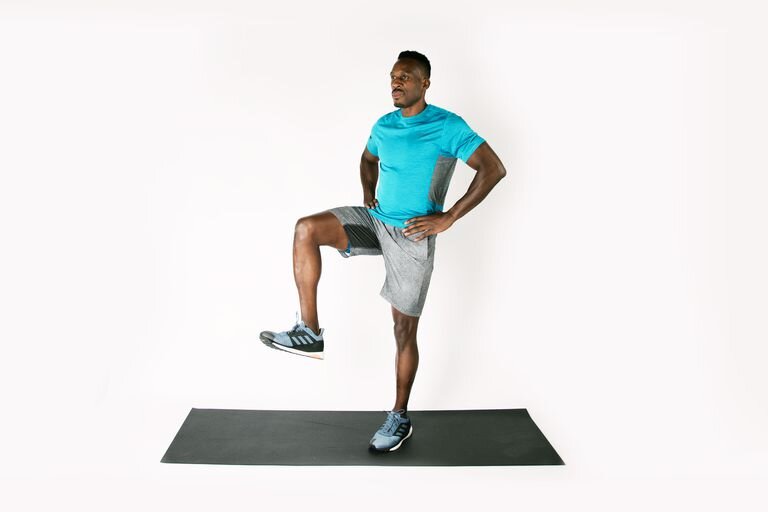
What Are Single Leg Balances? Single leg balances involve standing on one leg while maintaining control and stability. This exercise challenges the body’s balance, engaging muscles throughout the lower body, core, and feet. It improves overall body control, balance, and joint stability. Benefits of Single Leg Balances 1. Improved Balance and Stability: By standing on […]
Plantar Fasciitis Relief: Effective Management Tips from ADAPT Recharge
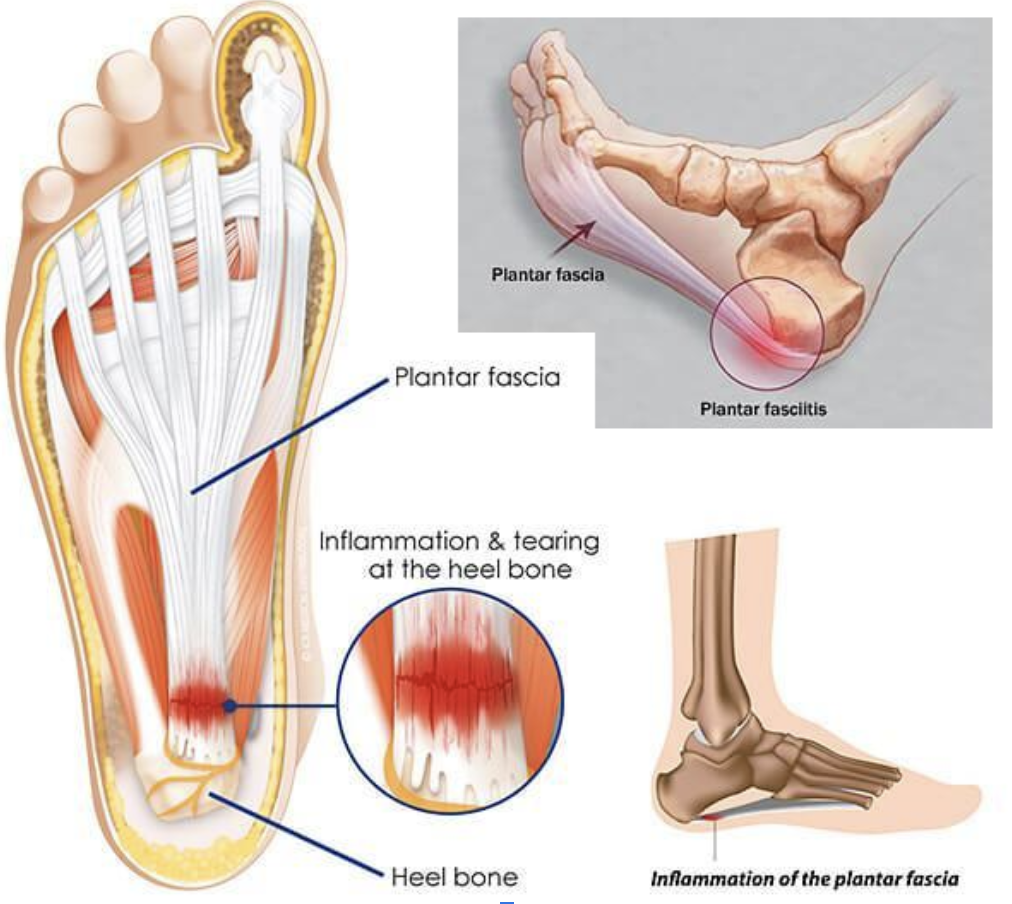
Plantar fasciitis can be a real showstopper. Whether you’re an athlete, someone who spends long hours on their feet, or simply going about your daily routine, stabbing heel pain can quickly put a damper on life. At ADAPT Recharge, a 1-on-1 physical therapy and chiropractic clinic focused on mobility training and manual therapy, we’ve seen […]
Hurdle/Tuck Jumps
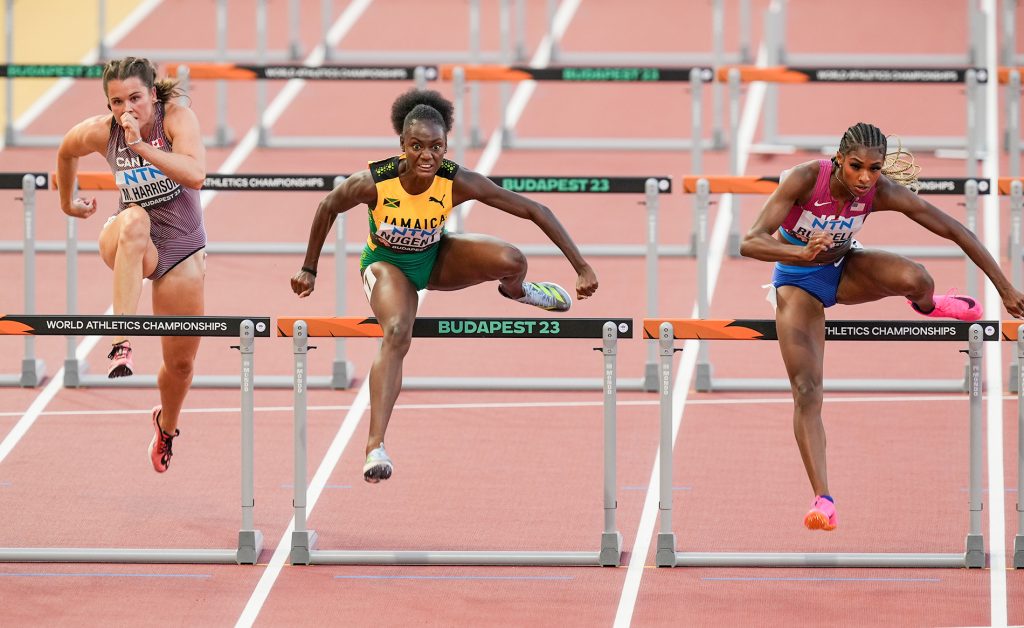
What are Hurdle Jumps? Hurdle Jumps involve leaping over a series of obstacles (hurdles) at varying heights in a rhythmic sequence. The aim is to clear each hurdle with powerful, controlled jumps while minimizing ground contact time. This drill activates fast-twitch muscle fibers crucial for explosive movements in sports. Benefits of Hurdle Jumps 1. Explosive […]
Band Resisted High Knee Run
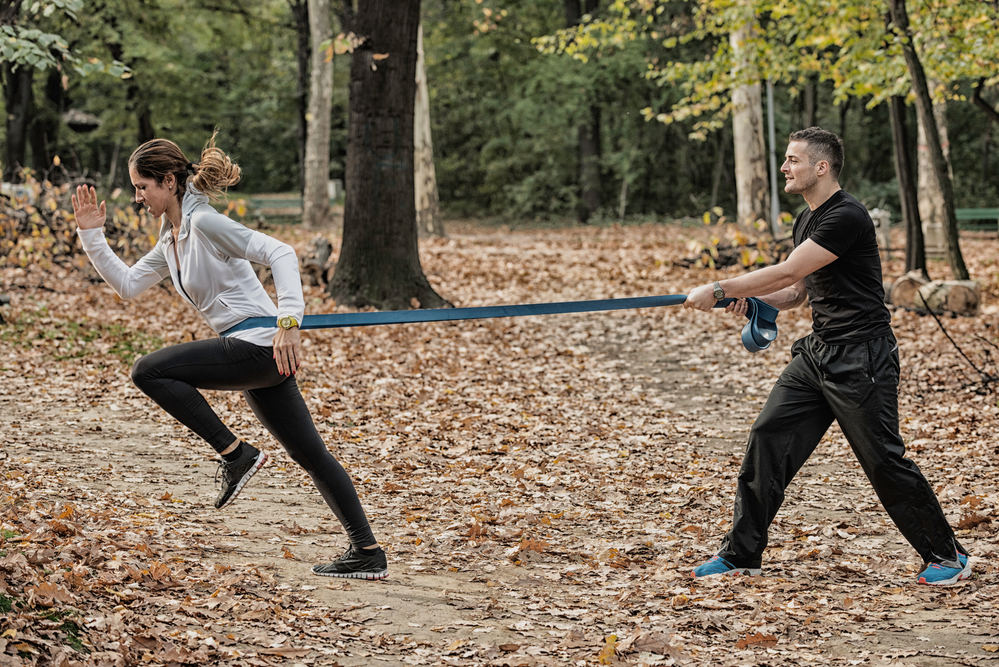
Welcome, Athletes! This month, we’re honing in on a foundational exercise that’s key for athletic performance: the band resisted high knee run. This exercise adds resistance to your high knee running motion, intensifying the sprint and stride motion and enhancing the ability to run at TOP SPEED. Let’s delve into its benefits and effective training […]
Understanding Tendinopathy: A Comprehensive Guide from Recharge Clinic

What is Tendinopathy? If you’ve been experiencing persistent joint pain that worsens with activity and didn’t start from a specific injury, you might be dealing with tendinopathy. This condition is common in various areas of the body, including: – Heel: Achilles tendon – Knee: Above or below the kneecap – Hip: Gluteal, groin, or hamstrings […]
Understanding Scoliosis
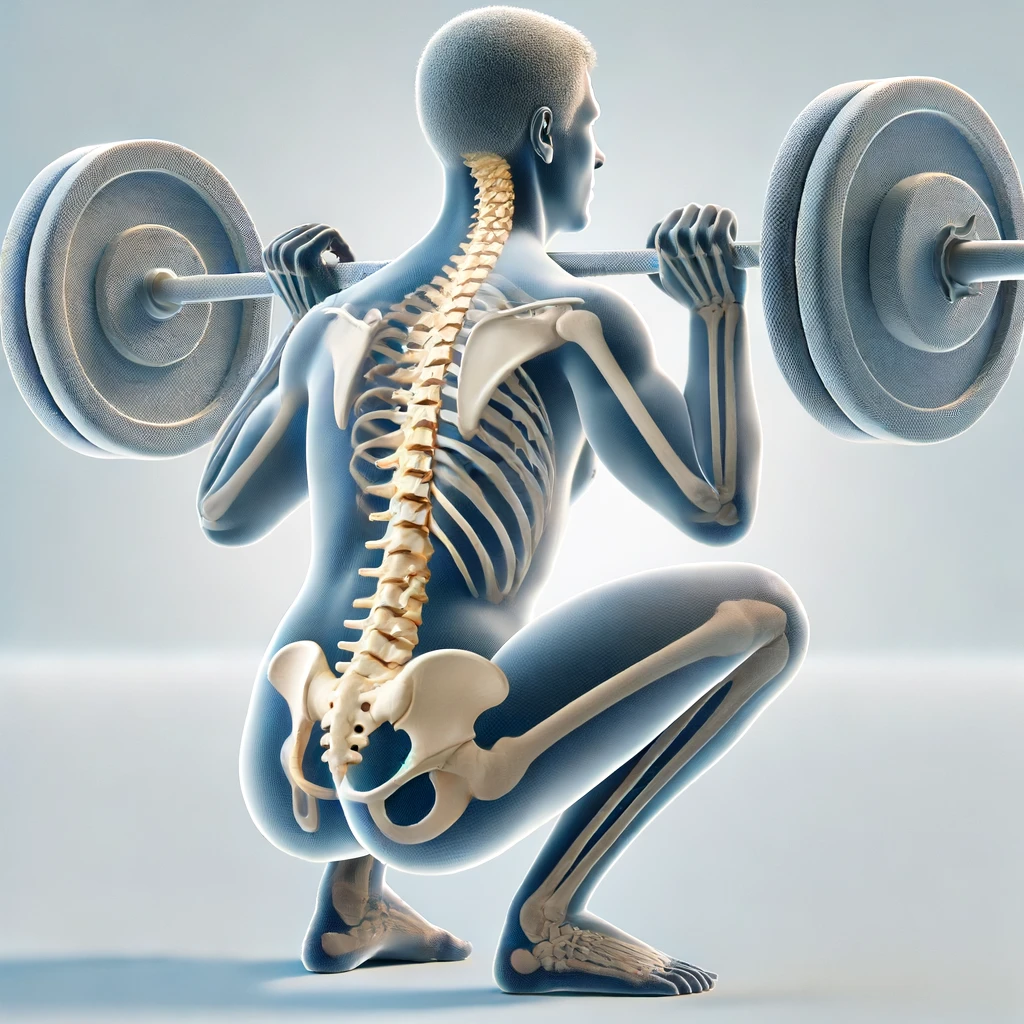
Scoliosis is a term that describes changes in the shape and position of the spine, thorax, and trunk. When viewed from behind, the spine may curve side to side and rotate, making it appear more like an “S” or “C” shape instead of being straight. Causes of Scoliosis About 20% of scoliosis cases are due […]
Step Up Your Game with ADAPT Recharge: Walking Your Way to Better Health

Why Walk? Let’s Break It Down! It’s no big secret that exercise is like a magic potion for your health, yet a whopping 74% of American men and 81% of women just aren’t getting enough of this good stuff. Regular walking, the most popular low-impact exercise, packs a punch when it comes to health benefits. […]
Pogo Hops
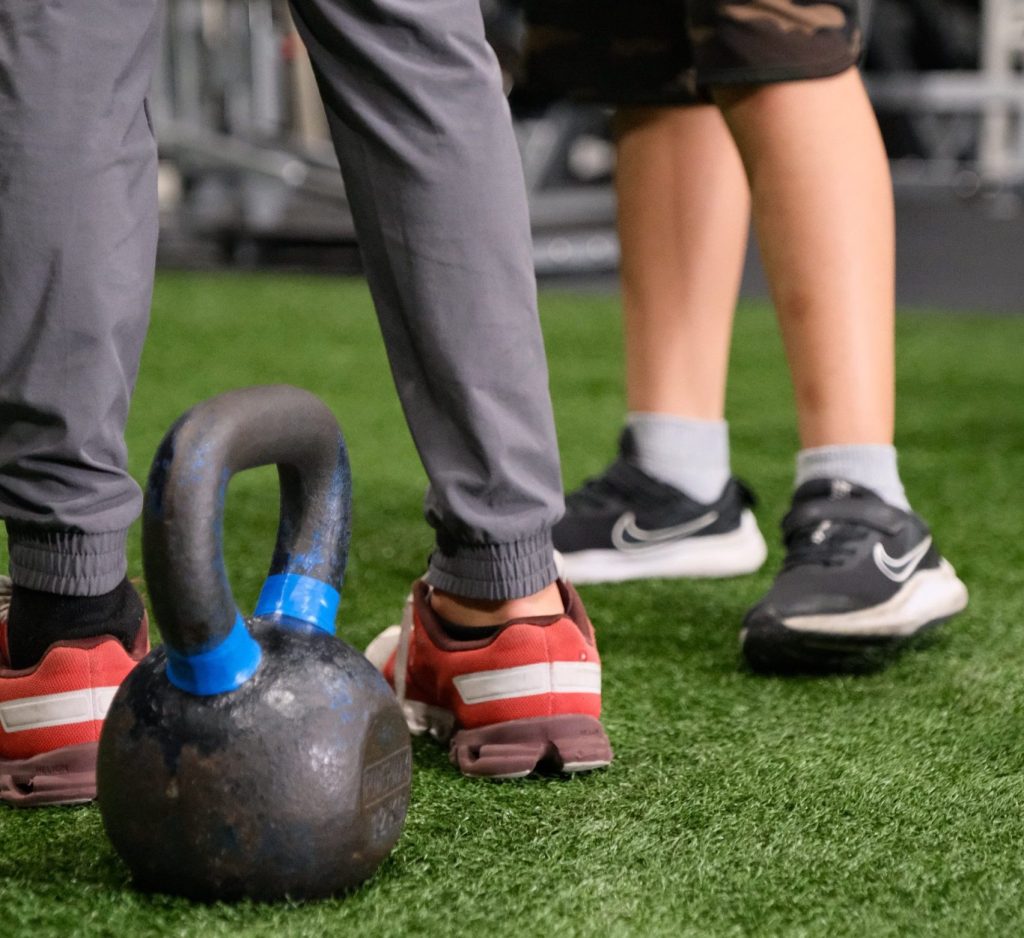
Welcome back, athletes! This months drill is great for all our youth athletes and can make an impact on overall athletic performance and sport. Time to get bouncy and find your inner bunny, gazelle, kangaroo, you name it because this month we introduce you to pogo hops. Pogo hops are a game changer for athletes […]
3 Simple Movements to Overcome Disc Herniation Pain 🤕
Lower back pain due to disc herniations, characterized by radiculitis or nerve pain traveling down one leg, requires a nuanced approach to physical therapy. Understanding the directional preferences for each individual—where movements like flexion (bending forward) or extension (leaning back) may alleviate or exacerbate symptoms—is key to formulating an effective treatment plan. Let’s dive into […]



